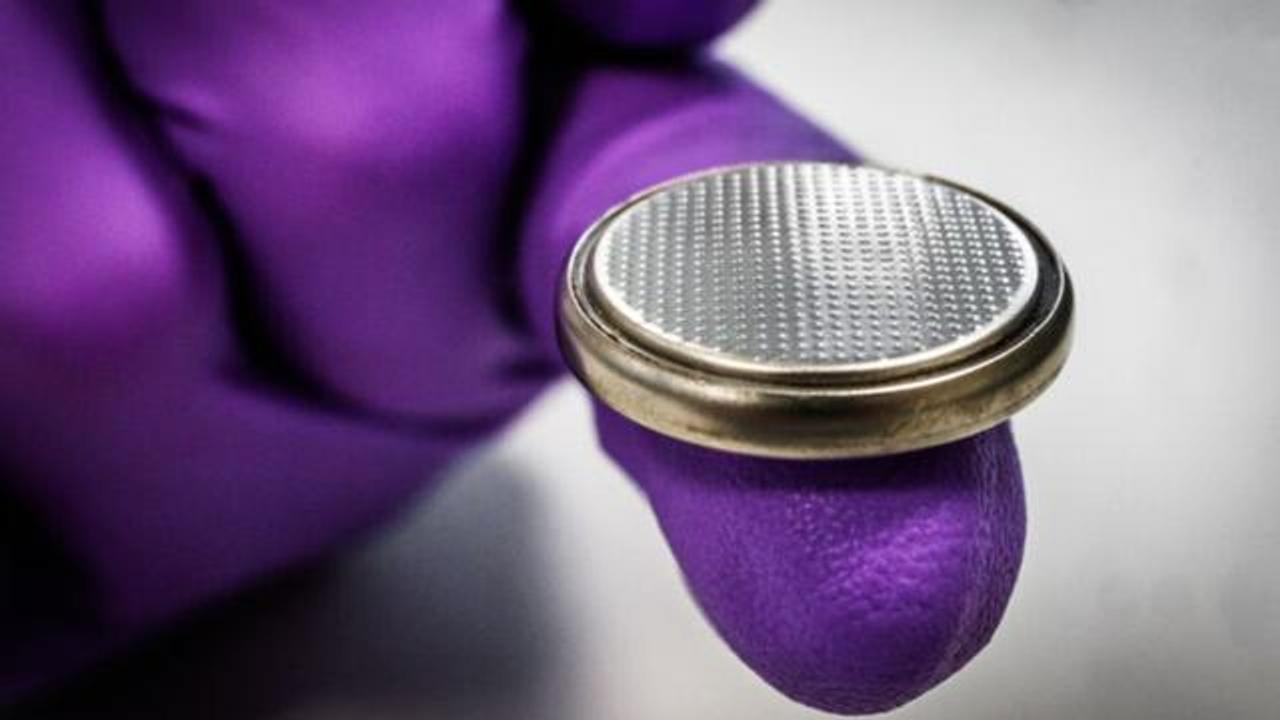
Swedish scientists have created a revolutionary battery from waste: 8000 charge cycles for pennies
Researchers from Linköping University, Karlstad University, and Chalmers University in Sweden have developed an inexpensive battery that does not use lithium, but is made from zinc and lignin, waste from the paper industry.
With the growing adoption of renewable energy solutions such as wind and solar, the demand for energy storage solutions is also growing. Currently, they are delivered using batteries containing components such as lithium and cobalt.
Although the energy density of these batteries is better, the extraction of these minerals is associated with environmental issues. Lithium-ion batteries are also not easy to recycle, and therefore are not an environmentally friendly option in the long run.
Zinc-based battery technology is widely used in the market, but only for non-rechargeable devices. Lithium-based solutions are preferred because they can store more energy. However, they are also subject to the risk of fire and explosion.
Zinc-based batteries are much safer. In the long term, they will be able to replace lithium-ion batteries with rechargeable options. That’s why researchers at the Laboratory of Organic Electronics at Linköping University (LiU) turned to zinc and lignin when developing batteries.
The main reason why zinc batteries are not widely used is the reactivity of zinc with water in the electrolyte. This reaction leads to the formation of hydrogen gas and the battery zinc becomes unusable.
Swedish researchers have used a different electrolyte, called a water-polymer salt electrolyte (WiPSE), and demonstrated that the stability of zinc can be improved.
“Both zinc and lignin are very cheap, and the battery is easily recyclable,” said the developer. “If you calculate the cost per cycle of use, it becomes an extremely cheap battery compared to lithium-ion batteries.”
Unlike other zinc-based batteries, which discharge in a few hours, the new battery can retain a charge for a week. In addition, the battery is stable and retains 80 percent of its performance for 8000 cycles.
The battery developed by the team is currently small, but the technology can be easily scaled up to the size of a car battery. In terms of energy density, the batteries are comparable to lead-acid batteries, but contain no toxic components, making them more environmentally friendly.

